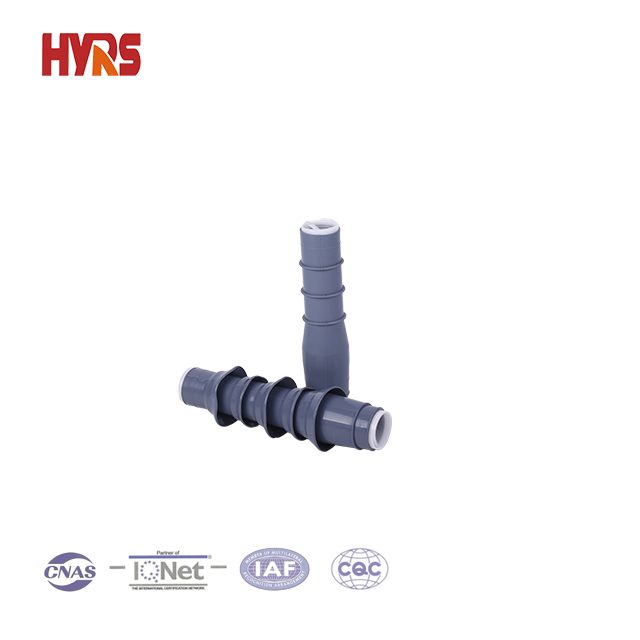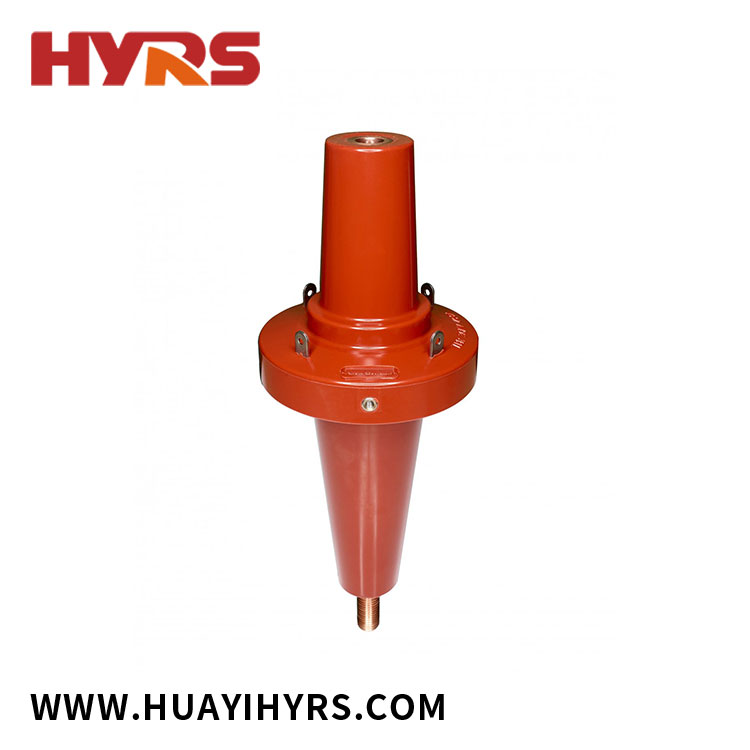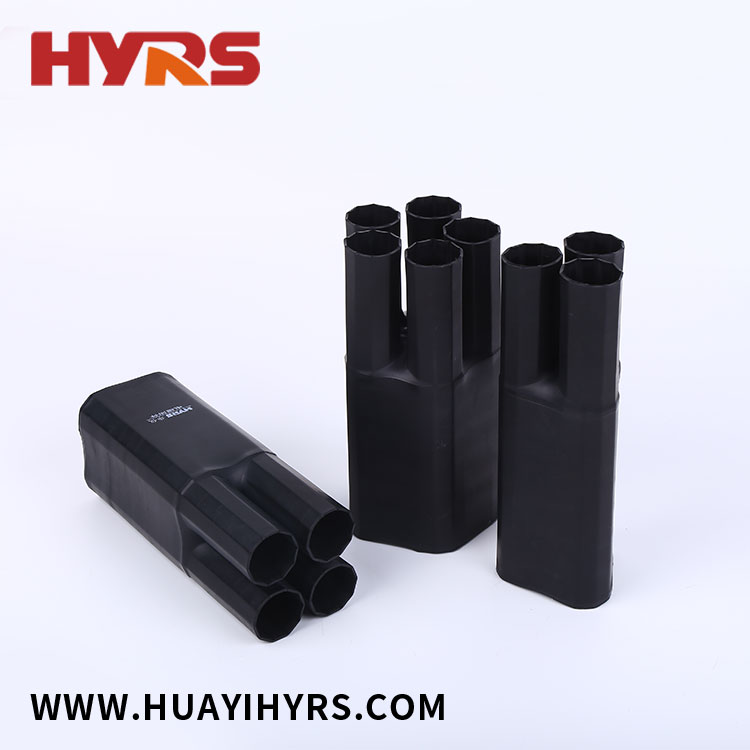This type of tape is made using a blend of conductive and non-conductive materials, making it semi-conductive. Semi-conductive tape is often used in the electrical power transmission and distribution industry to manage electrical stresses in high-voltage cables and other components of the electrical power system.
The main function of semi-conductive tape is to provide a smooth transition of electrical field from the insulation to the metallic shield of the cable, without any sharp increase or decrease. It helps to control the electric field in the cable, reducing the risk of electrical breakdown or insulation failure. Semi-conductive tape is typically used as part of a cable system that includes other components such as insulation, insulation shields, metal shields, and jackets.
Semi-conductive tapes can be made from a variety of materials, such as carbon black, soot, and metallic particles, which are blended with a polymer material to create the semi-conductive properties. The tape can be applied using various methods such as spiral wrapping, lapping, or taping, depending on the specific application and the requirements of the cable system.
Here are the general steps for how to use semi-conductive tape:
Prepare the area: Before applying the tape, make sure that the area is clean, dry, and free of any contaminants such as dust or oils.
Cut the tape: Cut the semi-conductive tape to the desired length using scissors or a knife. Make sure that the width of the tape is sufficient to cover the entire area of interest.
Apply the tape: Apply the tape to the cable or component, making sure that it is tightly wrapped or applied in the desired configuration. Ensure that the tape is wrapped smoothly and without any wrinkles or gaps.
Seal the edges: If necessary, use an adhesive sealant to seal the edges of the tape and ensure a tight seal.
Inspect the installation: After the tape has been applied, inspect the installation to make sure that it is properly applied and that there are no gaps or other issues that could compromise the electrical insulation or other performance characteristics of the cable or component.
The specifics of using semi-conductive tape may vary depending on the specific application and individual tape manufacturer's instructions. It is always best to consult the manufacturer's instructions for the specific tape being used to ensure proper application and performance.


 English
English  Español
Español  Português
Português  русский
русский  Français
Français  日本語
日本語  Deutsch
Deutsch  tiếng Việt
tiếng Việt  Italiano
Italiano  Nederlands
Nederlands  ภาษาไทย
ภาษาไทย  Polski
Polski  한국어
한국어  Svenska
Svenska  magyar
magyar  Malay
Malay  বাংলা ভাষার
বাংলা ভাষার  Dansk
Dansk  Suomi
Suomi  हिन्दी
हिन्दी  Pilipino
Pilipino  Türkçe
Türkçe  Gaeilge
Gaeilge  العربية
العربية  Indonesia
Indonesia  Norsk
Norsk  تمل
تمل  český
český  ελληνικά
ελληνικά  український
український  Javanese
Javanese  فارسی
فارسی  தமிழ்
தமிழ்  తెలుగు
తెలుగు  नेपाली
नेपाली  Burmese
Burmese  български
български  ລາວ
ລາວ  Latine
Latine  Қазақша
Қазақша  Euskal
Euskal  Azərbaycan
Azərbaycan  Slovenský jazyk
Slovenský jazyk  Македонски
Македонски  Lietuvos
Lietuvos  Eesti Keel
Eesti Keel  Română
Română  Slovenski
Slovenski  मराठी
मराठी  Srpski језик
Srpski језик 




